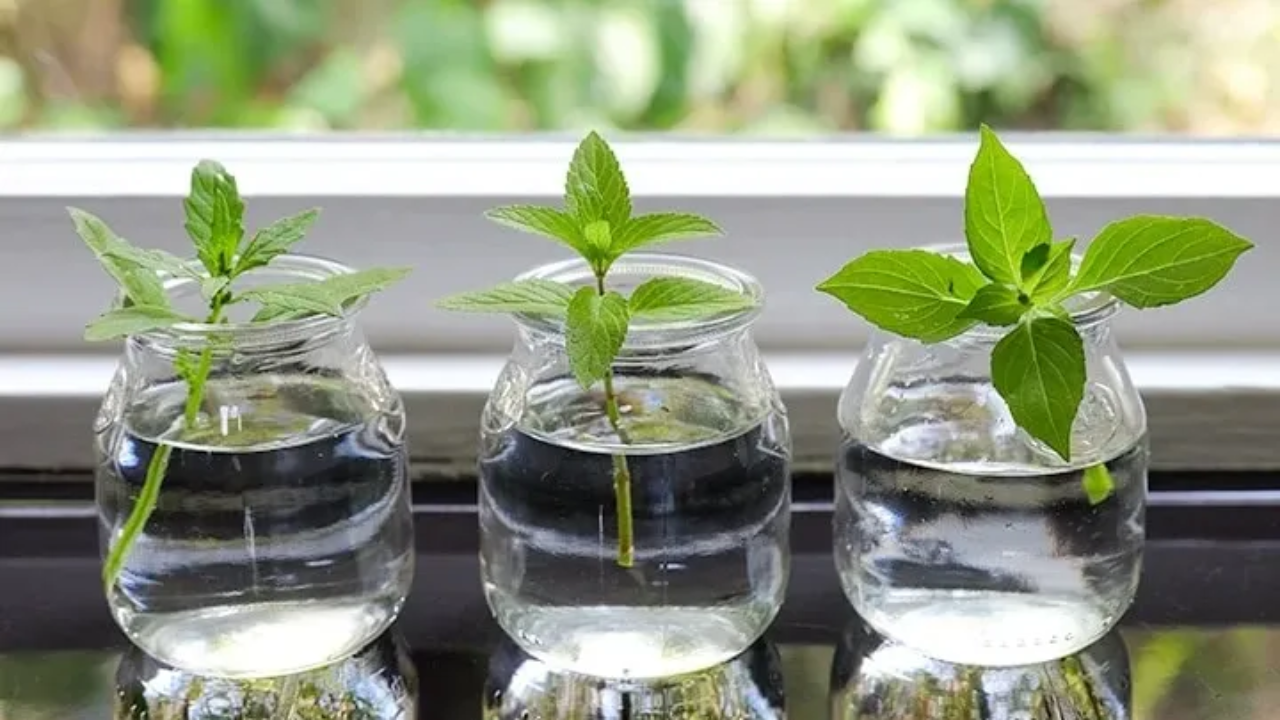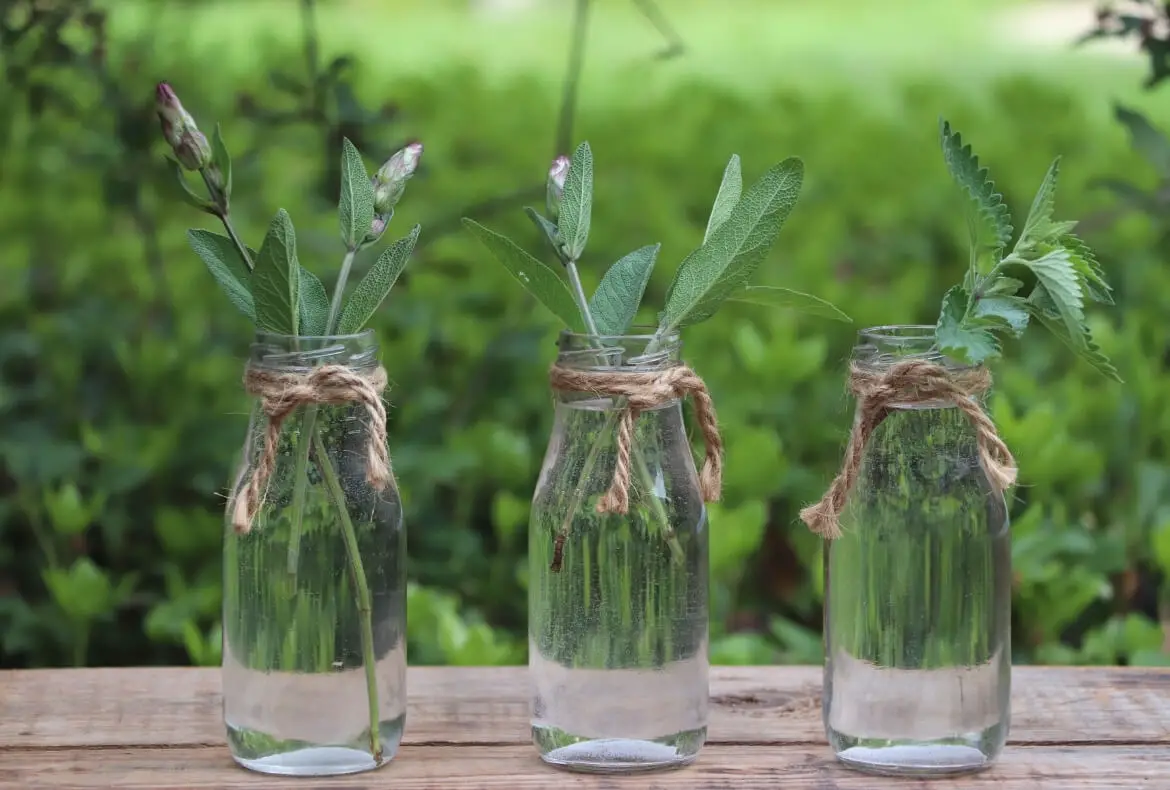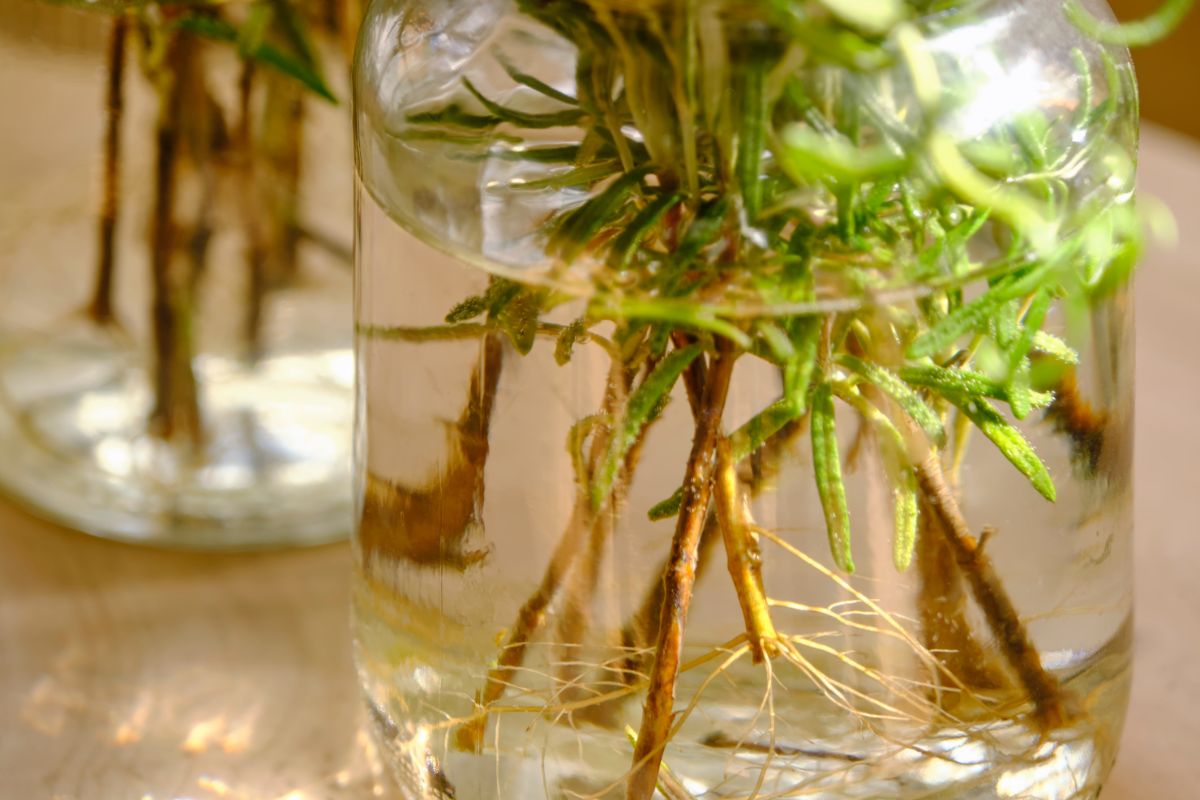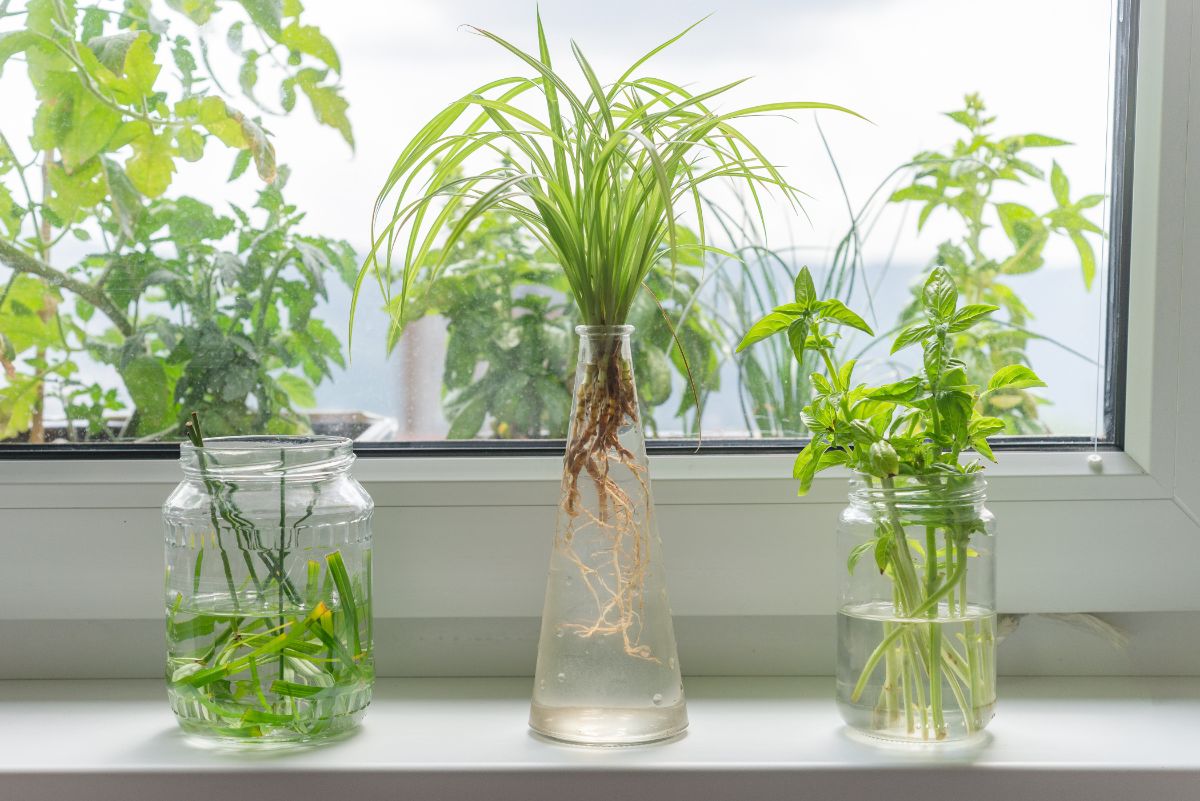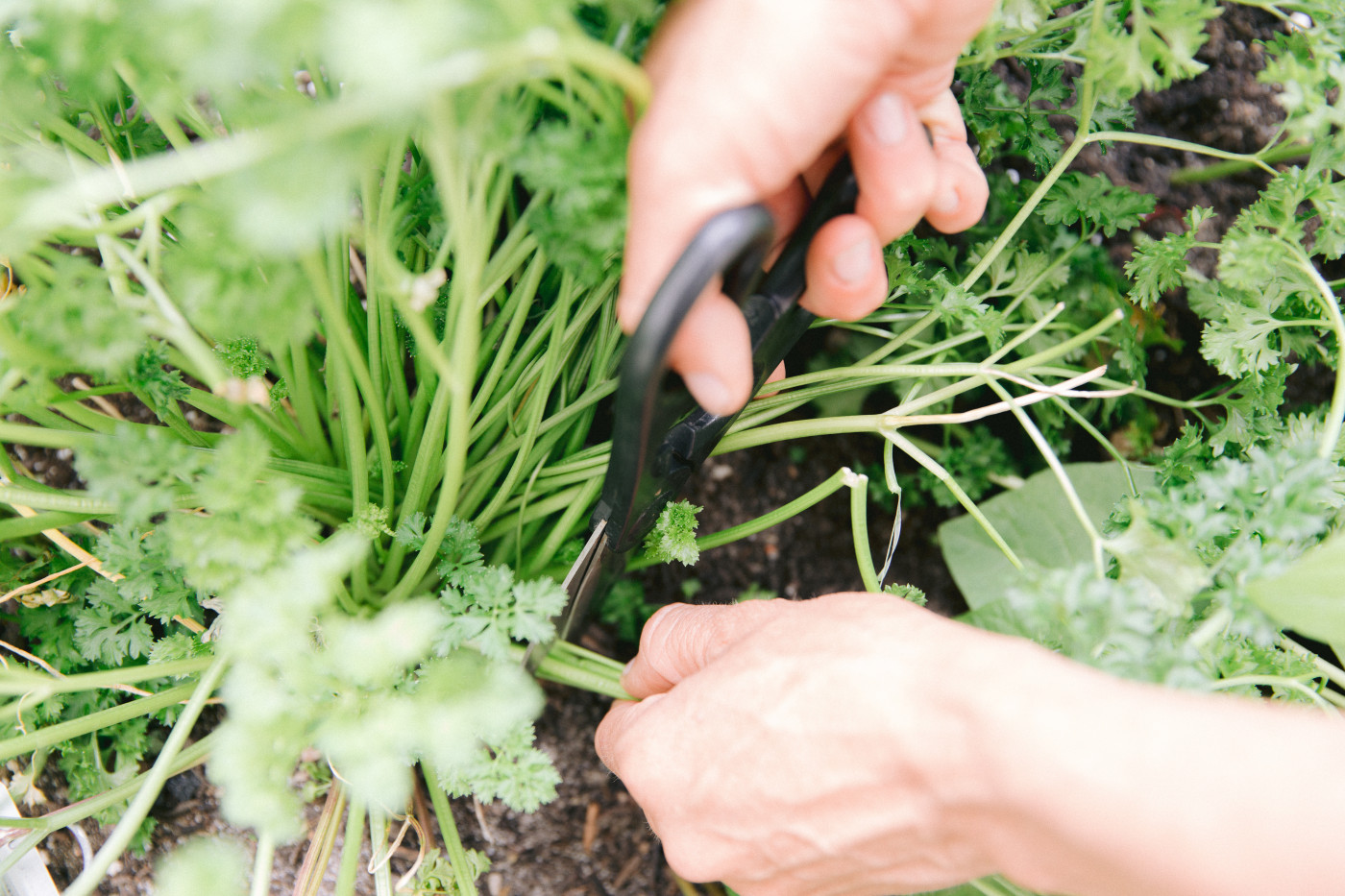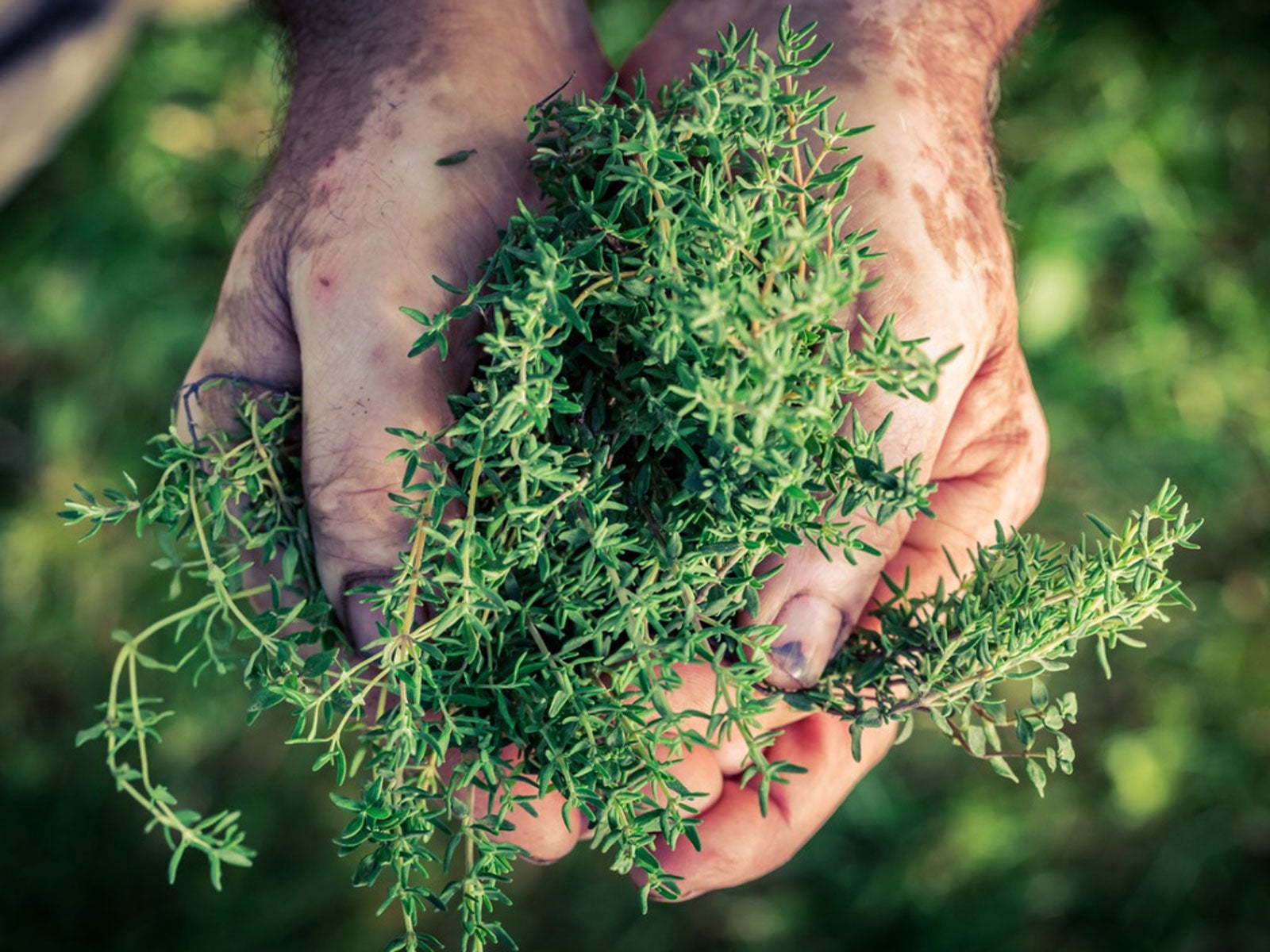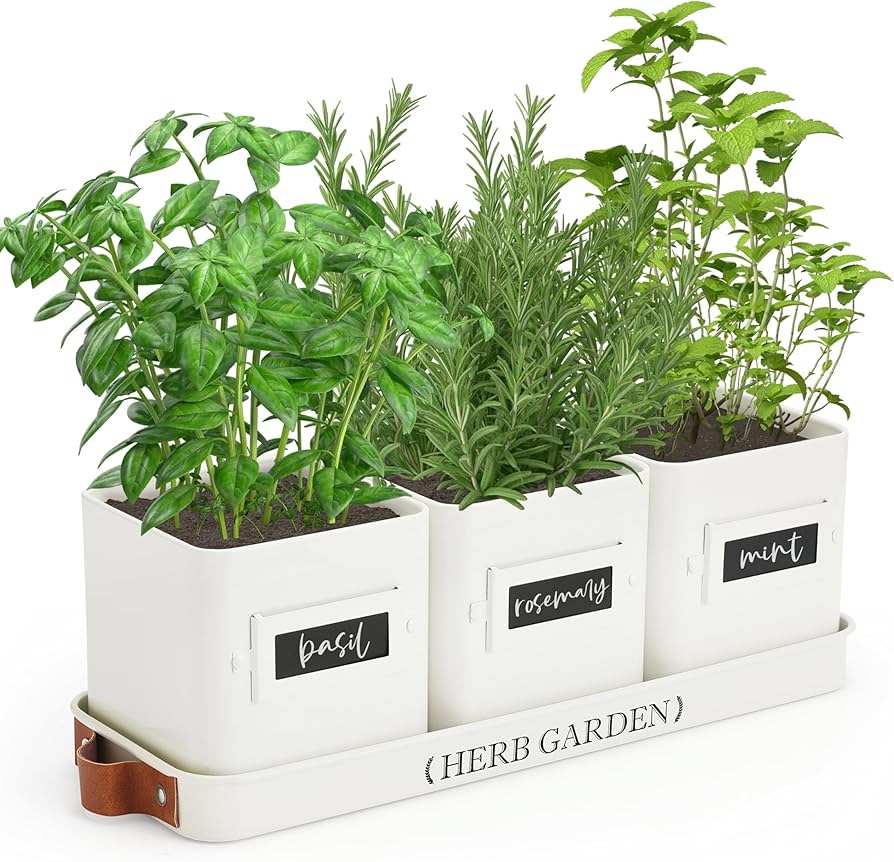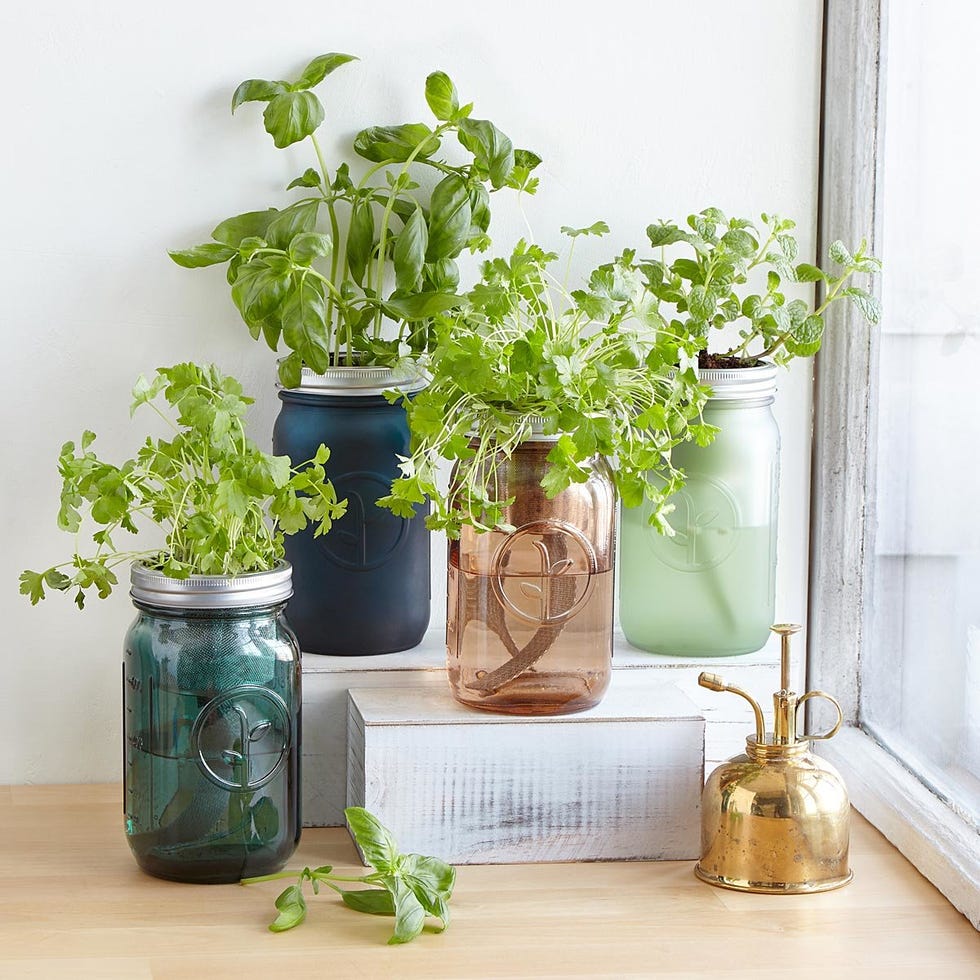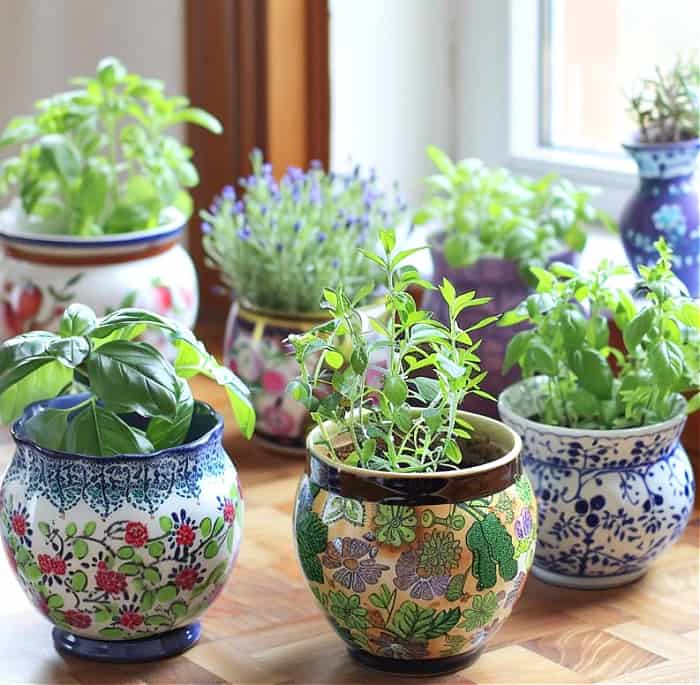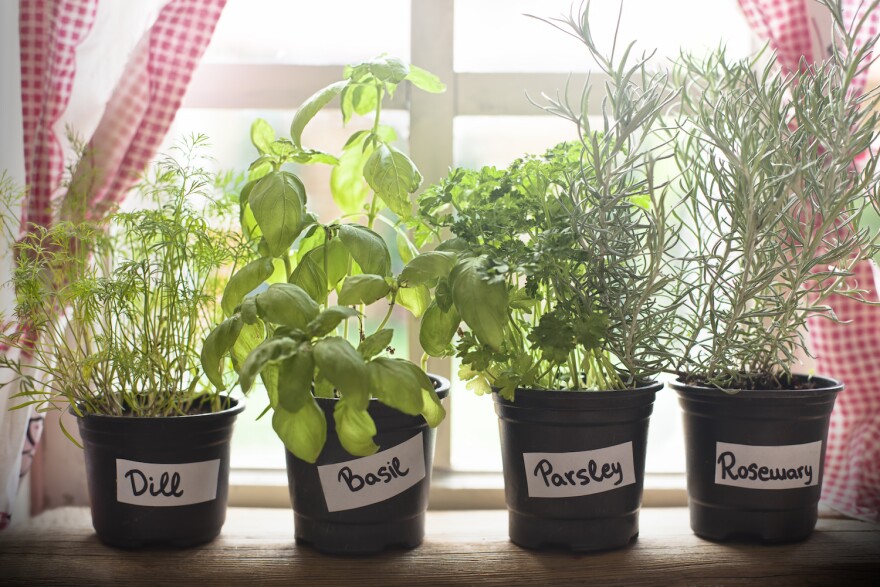Water Propagation: The Easiest Method
Cut 10-15cm stems from healthy herbs just below a leaf node, remove lower leaves, and place in a glass of clean water on a bright windowsill. Change water every 2-3 days to prevent bacterial growth. Roots typically appear within 1-2 weeks for basil and mint, 3-4 weeks for rosemary and oregano. Once roots reach 5cm, transplant into potting soil. This foolproof method works beautifully for most herbs in Canadian homes.
